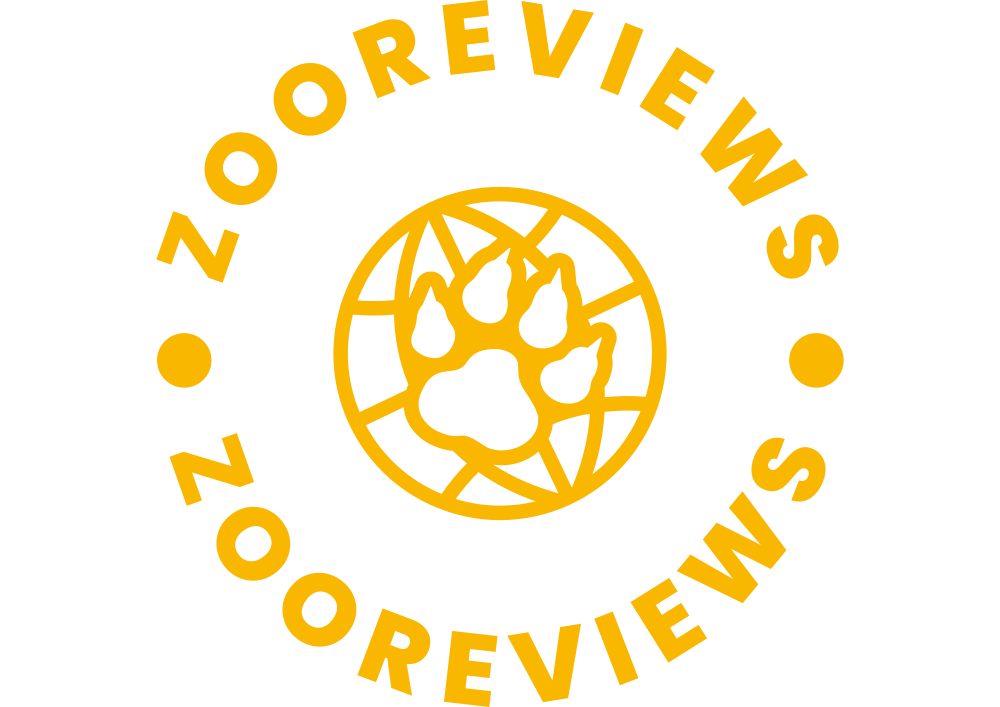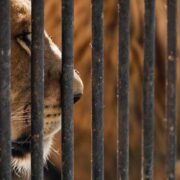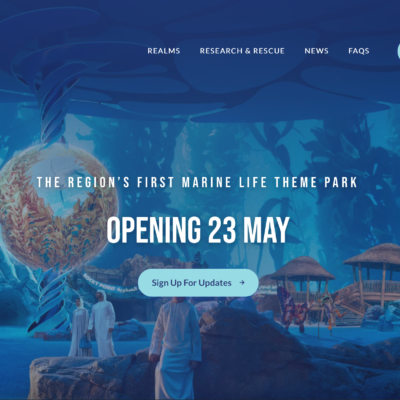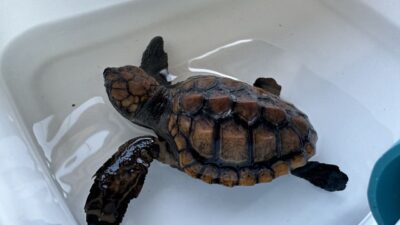In a world where the African elephant population has declined by 72% in the last seven decades, research is crucial in understanding and conserving this magnificent species. The University of Cincinnati’s Facility for the Education and Testing of Canine Hearing and Laboratory for Animal Bioacoustics (FETCHLAB) is leading the charge in African elephant research, working to determine what these creatures can hear and how it might inform future conservation efforts.
Thanks to the help of zoos like the Indianapolis Zoo, FETCHLAB has been able to conduct research on African bush elephants and make significant advancements in understanding their auditory abilities. The team, led by Director and Founder of FETCHLAB, Peter Scheifele, Ph.D., has tested the full frequency of sound on the elephants and measured their neural response to sound to determine their hearing range.
FETCHLAB is not just known for their work with elephants, but for their expertise in animal audiology, particularly with canines. They provide hearing tests and equipment to service, police, and military dogs, and work with aquariums, such as the Newport Aquarium, on auditory and noise issues related to their animals.
The Indianapolis Zoo played a critical role in enabling important field research to take place. The zoo provided a unique opportunity for researchers to study a diverse array of species in their natural habitats. By offering access to a wide range of animals and their environments, the zoo allowed researchers to gather valuable data and insights that would have been difficult or even impossible to obtain in the wild.
One particular area of field research that was made possible by the Indianapolis Zoo was the study of animal behavior and social dynamics. The zoo provided a controlled and observable environment where researchers could observe and record the interactions between different species of animals. This allowed them to gain a deeper understanding of how different species communicate, cooperate, and compete with one another. The researchers were also able to study the effects of different environmental factors on animal behavior, such as temperature, light levels, and the availability of food and water.
Another area of field research that was facilitated by the Indianapolis Zoo was the study of animal physiology and anatomy. The zoo provided researchers with access to a variety of species and their anatomy, which was essential for studying the internal structures and functions of different animals. This information was crucial for understanding the ways in which different species are adapted to their environments and how they respond to changes in their environments. The researchers were also able to conduct physiological experiments on animals in the zoo, such as monitoring heart rate and oxygen levels, in order to gain insights into their overall health and well-being.
In addition to their research, FETCHLAB provides an incredible international educational opportunity for UC students and faculty. Michael Berick, a first-year audiology student, was part of the recent research trip to South Africa and called it an experience like no other. “Every morning, elephants just feet away,” Berick says. “It was so surreal.”
FETCHLAB’s research on African elephants is just the beginning. With continued support from zoos and the scientific community, we hope to better understand and conserve these magnificent creatures for generations to come.









